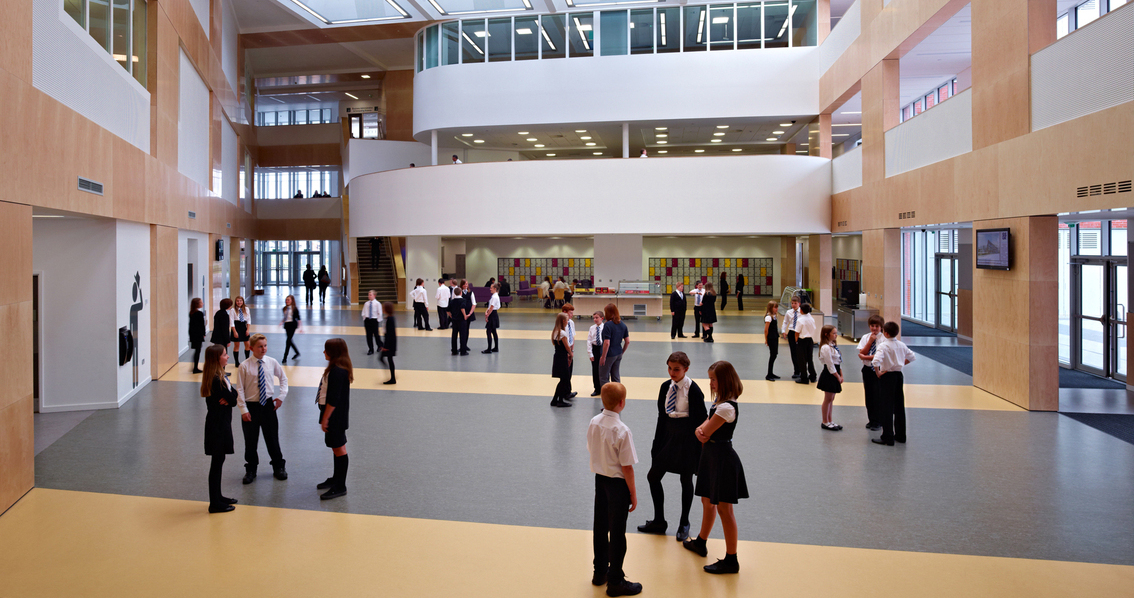
Flooring in educational institutions is a facet that often goes unnoticed, yet plays a crucial role in creating a safe, comfortable, and beneficial learning atmosphere. From lively corridors to tranquil classrooms, the correct flooring solution is essential. In this blog, we delve into the assorted types of school flooring, their pros, and aspects to assist you arrive at an informed decision.
Durability and Safety: The Top Priorities
Regarding school flooring, resilience and safety are crucial. Schools are busy areas, and the flooring must endure constant foot traffic, spills, and the dragging of furniture. Safety is equally a major concern, especially in locations like science labs and sports halls. Anti-slip flooring and adequate cushioning can prevent accidents and secure the wellbeing of students and staff equally.
Carpet Tiles: A Popular Choice for Classrooms
Carpet tiles have grown increasingly popular in classrooms because of their acoustic properties, which create a quieter learning environment. They are as well comfortable underfoot and are available in a variety of colours and patterns, permitting for innovative and stimulating designs. Additionally, carpet tiles are straightforward to replace individually if hurt, making them a cost-effective option in the long haul.
Vinyl Flooring: Versatile and Easy to Maintain
Vinyl flooring is a different favoured option in schools, especially in areas that demand simple maintenance and cleaning, such as cafeterias and bathrooms. It is moisture-resistant, durable, and offers a range of designs. Some vinyl flooring options also have germ-resistant properties, adding an extra tier of hygiene to the school setting.
Rubber Flooring: Ideal for Sports Halls and Playgrounds
Rubber flooring is linked with sports halls and playgrounds owing to its cushioning and non-slip nature. It provides a secure surface for physical activities, minimizing the risk of injuries. Rubber flooring is also tough and effortless to clean, making it a sensible choice for frequented areas.
Linoleum: A Sustainable Option
For schools looking to make green choices, linoleum flooring is an excellent option. Composed of natural materials like linseed oil, cork dust, and wood flour, linoleum is biodegradable and has a low environmental impact. It is as well durable, simple to maintain, and on hand check here in a variety of colours and patterns.
The Importance of Proper Installation and Maintenance
Irrespective of the type of flooring selected, appropriate installation and regular maintenance are key to guaranteeing its lifespan and functionality. Employing professional installers and adhering to the manufacturer’s care instructions will contribute significantly in preserving the condition of the flooring.
Selecting the correct flooring for a school is a decision that demands meticulous consideration of elements such as resilience, safety, maintenance, and aesthetics. By weighing the advantages and disadvantages of each flooring kind and taking into account the particular requirements of diverse areas within the school, you can create a secure and inspiring learning setting that stands the test of time.
Here